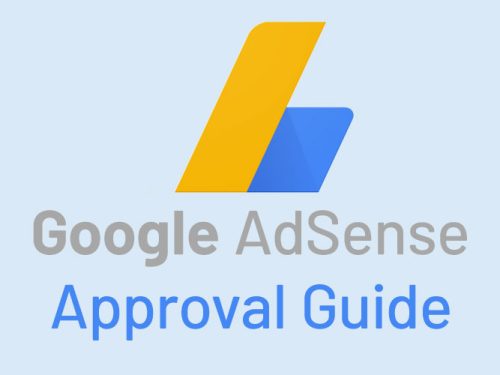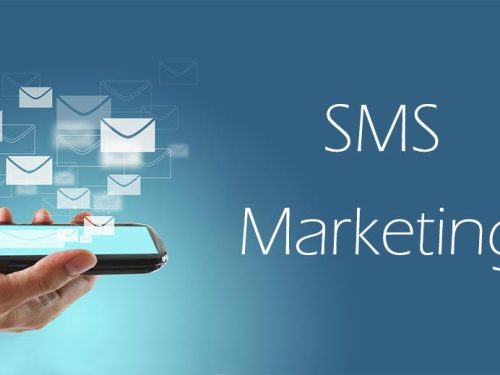What does the term “conversion” mean in digital marketing?
The completion of an advertising objective or engagement is known as a “conversion” in digital marketing. It is one of the most crucial metrics in digital marketing since it determines how well a website or marketing campaign performs in terms of generating revenue or accomplishing objectives. A conversion is frequently linked with a sale by advertisers. A conversion, however, is basically any desired activity that website visitors carry out. Although a sale is the desired action most of the time, it could also be a lesser action that advances a customer closer to making a purchase.
Also Read:- The Top 8 tips for a successful Meeting
Formula of Conversion
Conversion= impressions or Clicks x Conversion Rate%
Why is conversion tracking important?
Also Read:-What are active app users, and how can they be increased?
Analysing the effectiveness of your campaign is the main goal of conversion tracking. For instance, if you manage an e-commerce website and are unsure whether your advertisements are generating sales, you can be wasting money. Once the conversion tracking system is set up, you will be able to identify the approach or method that is producing the most profitable or valuable conversions. To maximise the utilisation of your marketing budget, you will be able to securely transfer cash to better-performing areas as you test and learn. In order to precisely describe your marketing funnel, you ought to set up and track conversions. When your funnel is thoroughly tracked, you will be able to see the points at which customers are losing interest as they continue to move down the funnel and build audiences that resemble your most successful customers.
Also Read:- The top 7 email marketing strategies for 2023
How Can Conversion Be Calculated in Digital Marketing?
Depending on the objectives of the website or marketing effort, there are various techniques to measure conversion. The following are some common techniques for measuring conversion in digital marketing:
Sales: The percentage of website visitors who actually make a purchase is known as the sales conversion. Divide the total number of sales by the total number of website visits, then multiply the result by 100 to determine the sales conversion rate.
Click-through conversion: Click-through conversion estimates the proportion of site visitors who click on a particular link or call-to-action. Divide the total number of website visits by the number of clicks to obtain the click-through conversion rate, then multiply the result by 100.
Leads: A visitor’s probability of completing a form or offering contact information is measured by their lead conversion rate. Divide the number of leads by all of the website visitors, and then multiply the result by 100 to find the lead conversion rate.
Also Read:- The Top 5 Email Automation Tools for 2023
Website Engagement: The conversion of website engagement defines the proportion of visitors who interact with the website, such as by spending a given amount of time on it or visiting a certain number of pages. The number of engaged visitors must be divided by the total number of website visits, then multiplied by 100, to determine the website engagement conversion rate.
Also Read:- The Most Effective WhatsApp Marketing Techniques of 2023
Conversion Optimisation for Digital Marketing
Conversion rate optimisation is a key objective for firms since it immediately impacts sales and profitability. Businesses can use the strategies listed below to increase conversion in digital marketing:
High-quality material: To increase conversion, high-quality material is crucial. It must be valuable, pertinent to the visitor’s requirements, and simple to read.
Call-to-Action Transparency: In order to maximise conversion, a call-to-action must be clearly stated. The call-to-action must be prominent, make use of language that encourages action, and clearly state how the visitor will reap the rewards.
Easily accessible website:The website needs to be simple to use and navigate. It ought to load quickly, have an organised structure, and be simple to use on mobile devices.
Also Read:- The Influence of User-Generated Content on Marketing
Customization: Customization is a successful conversion-boosting strategy. Businesses can boost engagement and conversion rates by tailoring the website or marketing campaign to the visitor’s preferences or choices. For instance, a company might tailor the content of a website based on the visitor’s place of residence or past search activity.
Use social proof: Social proof can be an excellent conversion-boosting strategy. The concept of social proof states that individuals are more likely to act if they believe that others have previously done so. Businesses can improve credibility and trust while also increasing conversion rates by using social evidence, such as customer evaluations or testimonials.
Retargeting: Retargeting is a technique for increasing conversion that involves displaying advertising to website users who have already interacted with the company. Businesses can raise their chances of conversion by serving these visitors with appropriate advertisements.
Increase Website Speed: Increasing website speed is essential for conversion optimisation. A website that takes too long to load will likely lose more visitors. Businesses can decrease bounce rates and boost conversion rates by speeding up their websites.




